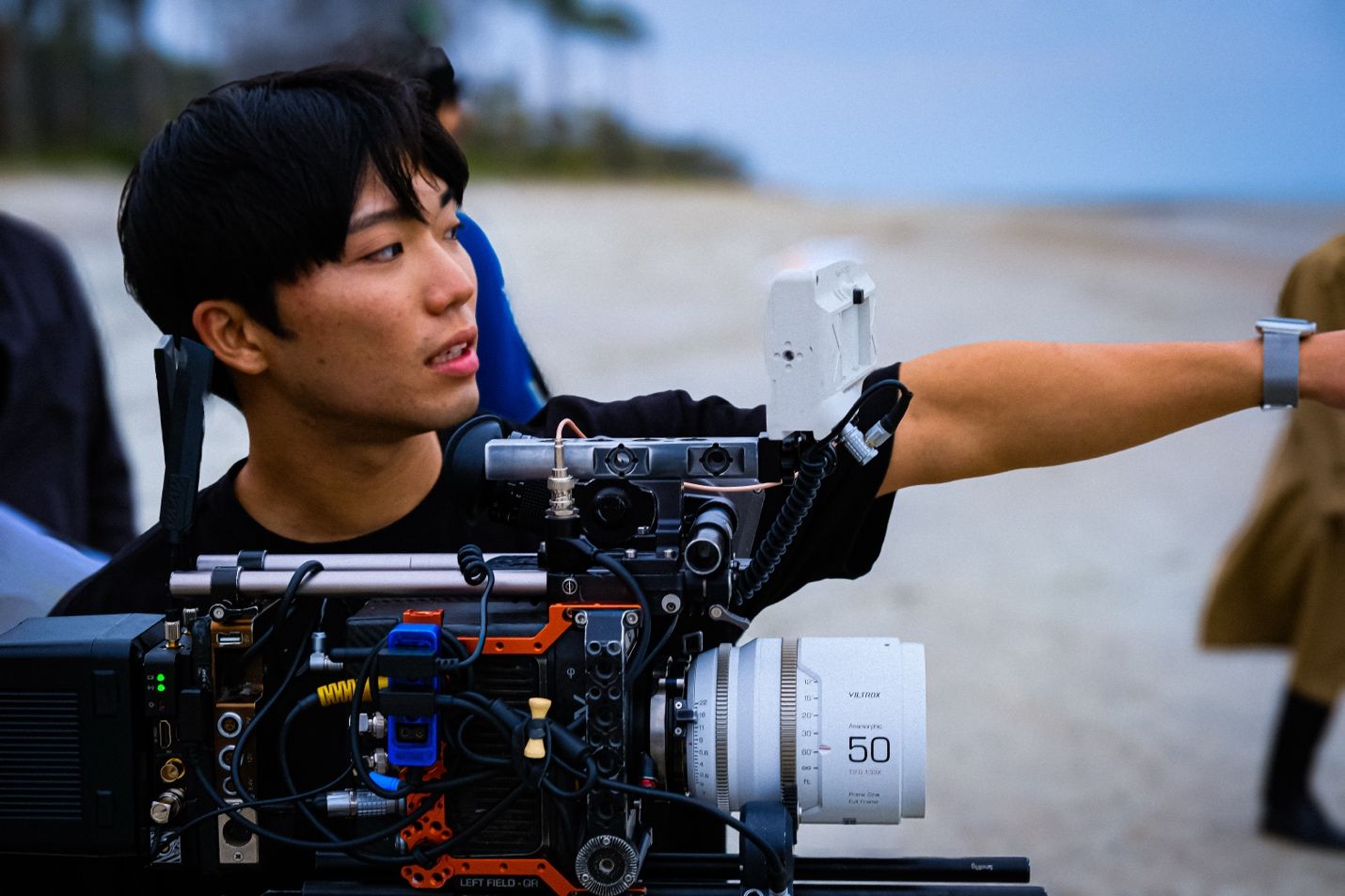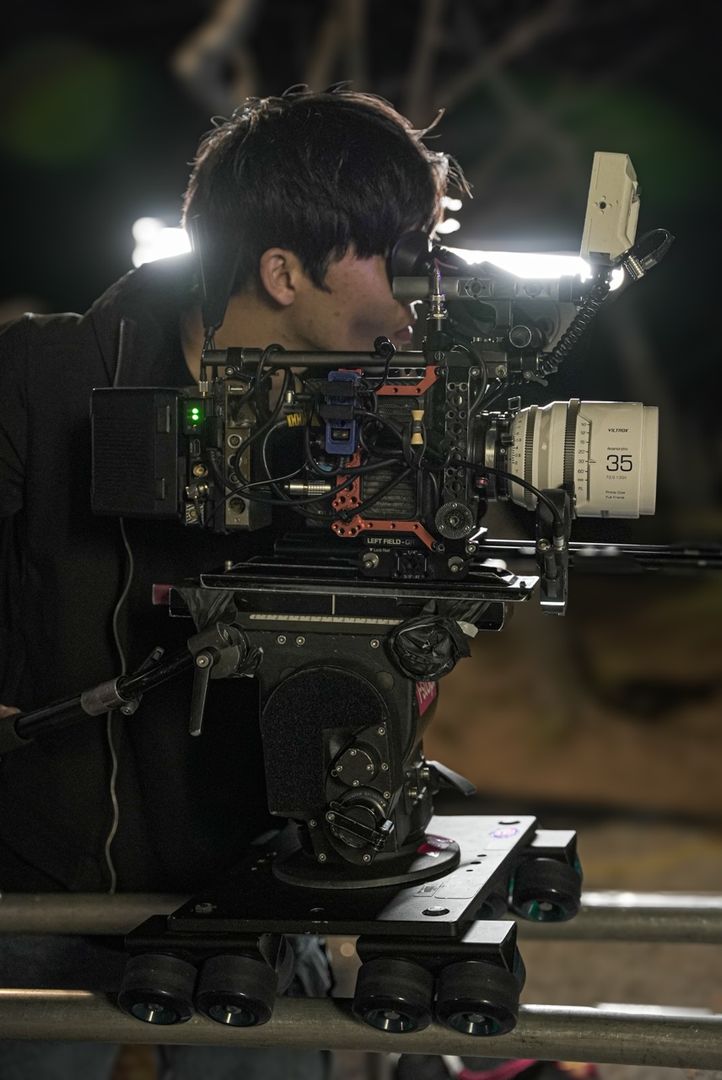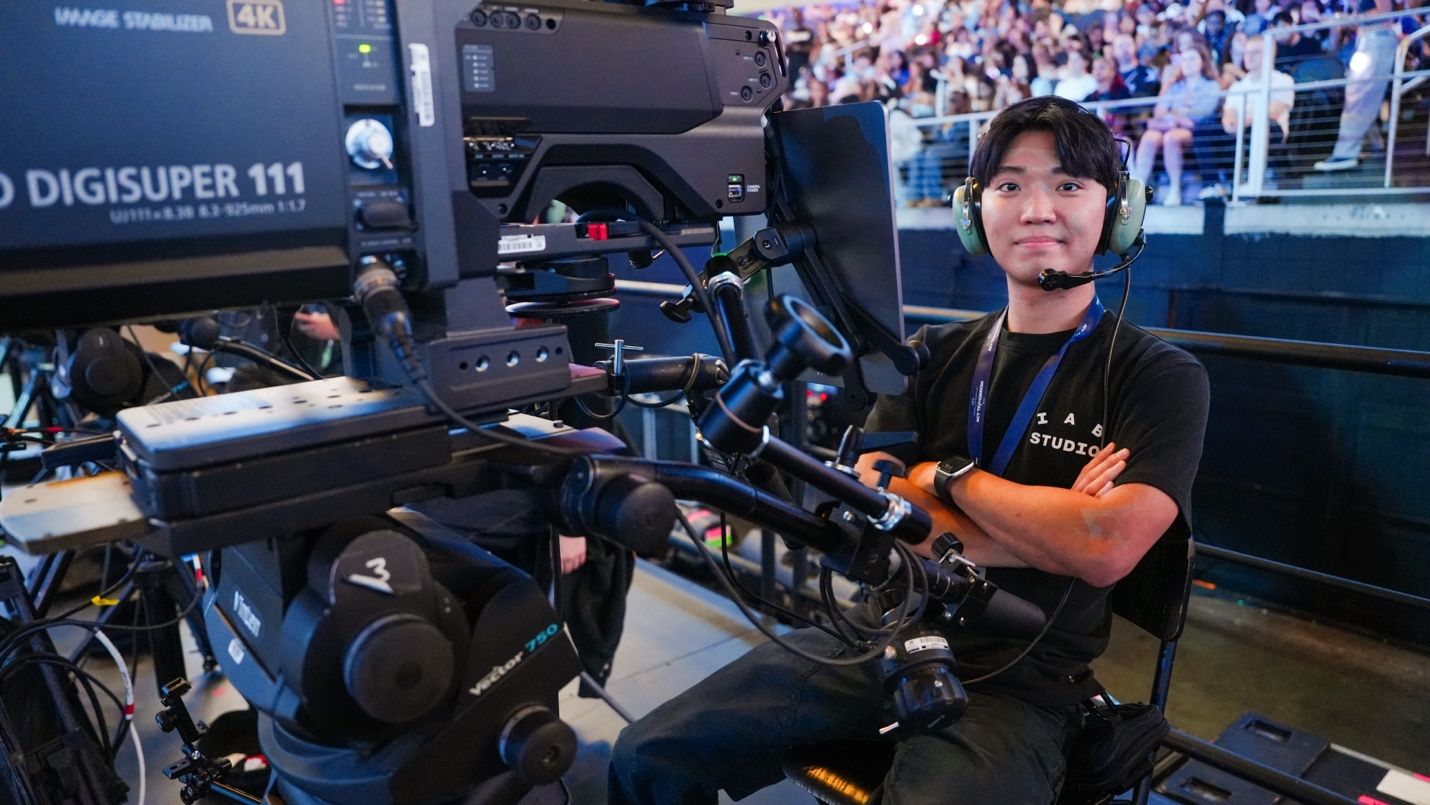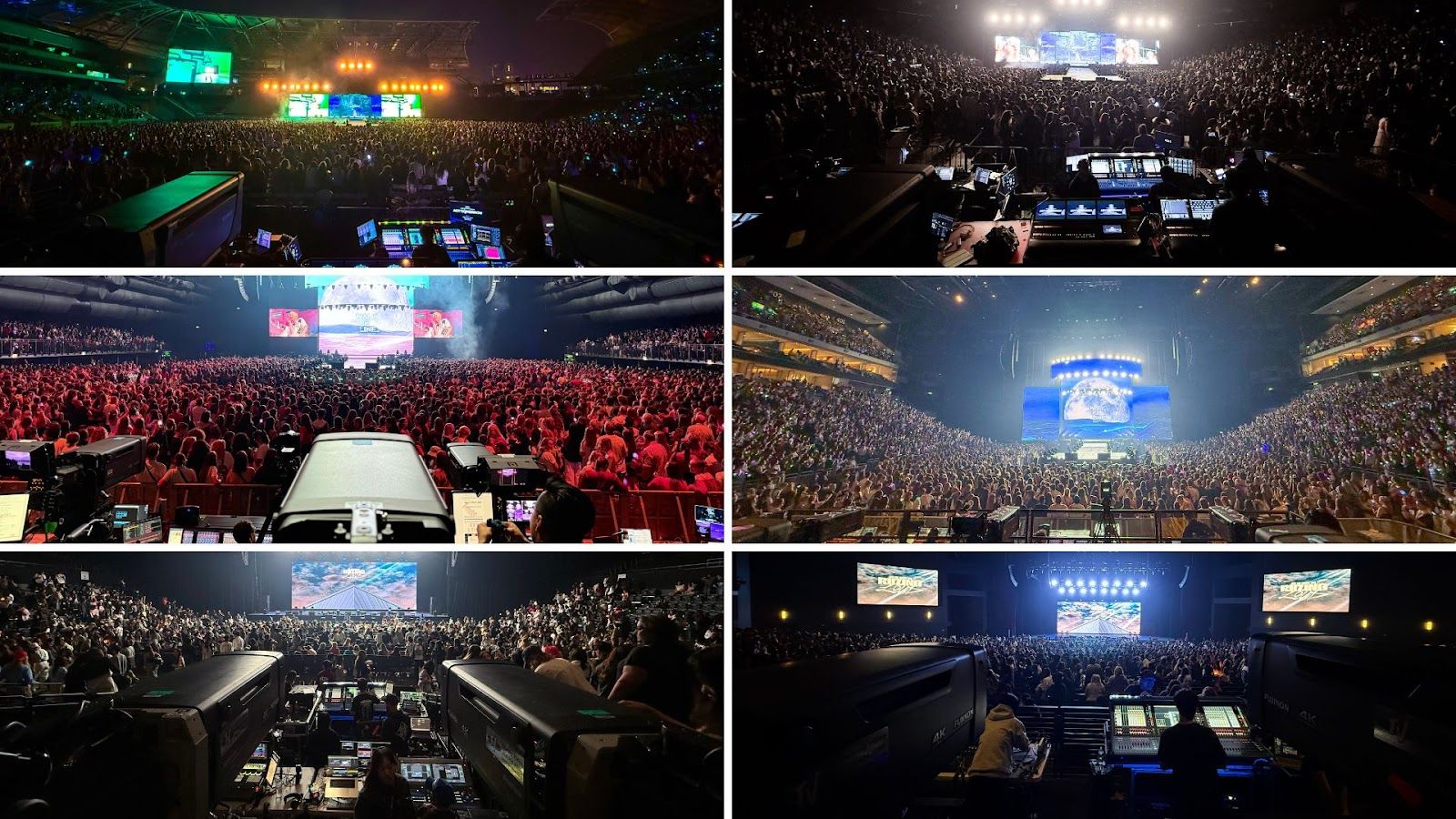
As cinema evolves and live events redefine entertainment, few artists stand at the intersection of both like Phelix Hyunsung Choi. A cinematographer trained in both Western and Asian film traditions, Choi has built a distinctive career that spans narrative filmmaking, virtual production, and high-stakes live concert cinematography. He is now a key behind-the-scenes player in the global rise of visual artistry in K-pop performances.
Q: What inspired you to pursue cinematography, and how did your journey begin?
A: I initially came to the United States of America in 2019 to study directing. But the more I immersed myself in filmmaking, the more I realized that what really moved me was the visual storytelling—the framing, the composition, the way light shapes emotion. I decided to focus more on cinematography, ultimately choosing it as my minor while majoring in Film and Television at the Savannah College of Art and Design (SCAD), where I consistently made the Dean’s List and received academic scholarships.
Q: You spent considerable time working on film productions in Korea while studying in the U.S. What did that add to your craft?
A: Starting in 2020, I worked professionally in the Korean film industry while moving between Korea and the United States and gained industry experience. My first major opportunity was working as a Grip and Electric crew member on the commercial feature film Men of Plastic in South Korea. The film was sold to about 32 overseas markets, and its worldwide gross exceeds $4.5 million. This large-scale project fundamentally changed my approach to filmmaking.
Korean productions tend to visually intuitive and character-centered lighting approach, while U.S. sets rely more heavily on precise planning and systematic workflows. By experiencing on both sides and working in several industry sets in South Korea, I developed adaptive skills that allow me to merge creative efficiency with technical precision.
Q: Have you had experience with international productions beyond narrative film?
A: Yes, I’ve worked with foreign production teams shooting in Korea. For instance, I joined the Guinness x English Premier League commercial campaign as part of the Grip & Electric crew. Working with global teams in high-pressure environments really sharpened my ability to read, react, and collaborate across cultural and technical boundaries.

Q: Which early project feels the most significant to your professional career?
A: Too Close to the Sun is a project that stands out in my portfolio. It was a fantasy-drama short film I shot in the U.S., and it was an opportunity to express my visual identity. Despite a very tight production schedule, I was able to implement lighting systems that balanced practical efficacy with atmospheric richness. The project received nominations at festivals like Indie Short Fest and Los Angeles Student Film Awards, and it won Best Fantasy Student Film at the Hollywood Florida Film Festival.
What this project taught me is that light is narrative. The direction, texture, and color temperature of light are as important as composition and movement. They speak to the audience emotionally before any dialogue does.
Q: You’ve spoken about emergent film technology. What draws you to XR production?
A: XR Virtual Production isn’t brand-new in theory, but in the way we use it now with Unreal Engine, LED volume stages, and real-time camera tracking, it’s a fairly recent development. These tools are still evolving fast. What excites me is that XR has moved from being a technical experiment to becoming a real creative platform. You can build entire worlds on the volume stage and light them as if they physically existed. For cinematographers, that’s a huge shift. It’s cost-efficient, artistically flexible, and it opens doors for visual storytelling that weren’t possible even a decade ago. That’s why I’ve invested in training for XR workflows and worked on immersive projects using these tools. For me and for the industry, this is technology that we can’t afford to ignore, because it’s shaping the next generation of filmmaking.

Q: Many would assume live events are simpler than film. How does your approach differ?
A: In live events, you only get one take—there’s no reset button. Working as a Live Event Cinematographer for K-pop world tours has been some of the most demanding and rewarding work of my career. For each concert, I analyze 25 or more songs and their choreography down to the frame. I memorize every camera movement, zoom cue, and angle to ensure the audience experiences a seamless, impactful performance.
I’ve worked on tours with Enhypen (Walk The Line U.S & E.U World Tour), TXT (ACT: Tomorrow U.S World Tour), and Riize (Riizing Loud U.S World Tour) in the U.S and E.U. Each group has a unique visual style and energy, and matching that with camera movement while staying in sync with the beat is a form of live visual choreography. Riize’s U.S. tour was particularly impactful—we were only four camera operators covering six members across six shows. The pressure was intense, but the results were incredibly rewarding.
Q: What technical or artistic traits do you feel are unique to you as a Live Event Cinematographer?
A: Consistently composed shots. Whether it’s a steady shot, moving shot or a sharp zoom on a beat, live cinematography is less about capturing choreography and more about performing alongside it. My background in film gives me an instinct for visual composition and emotional tone, which I integrate into the fast-paced environment of concerts. I try to tell visual stories even within three-minute songs.

Q: What direction do you see your career evolving toward in the next few years?
A: My goal is to continue bridging film and live events, especially for artists who want concerts to feel cinematic. I believe live performances deserve the same visual storytelling attention as films. I’m scheduled for multiple large-scale and long-term international projects in 2026 and beyond. With each one, I intend to bring more of my film sensibility—my experience with lighting, pacing, and visual composition—into live spectacles.
From narrative sets and festival-winning short films to XR stages and global concert arenas, Phelix Hyunsung Choi is a cinematographer whose work lives at the cutting edge of visual storytelling. More than a technician, he is an artist navigating multiple formats with fluid mastery. His journey embodies a modern cinematographic vocabulary—one rooted in discipline, emotion, technology, and cross-cultural fluency.
Explore more of Phelix Choi’s work at: www.phelixchoi.com